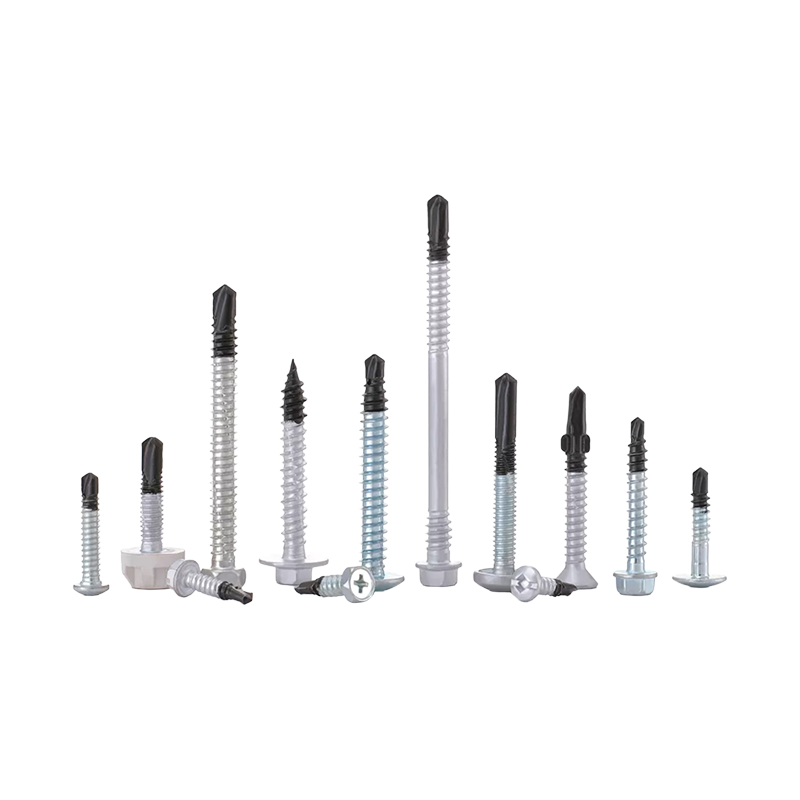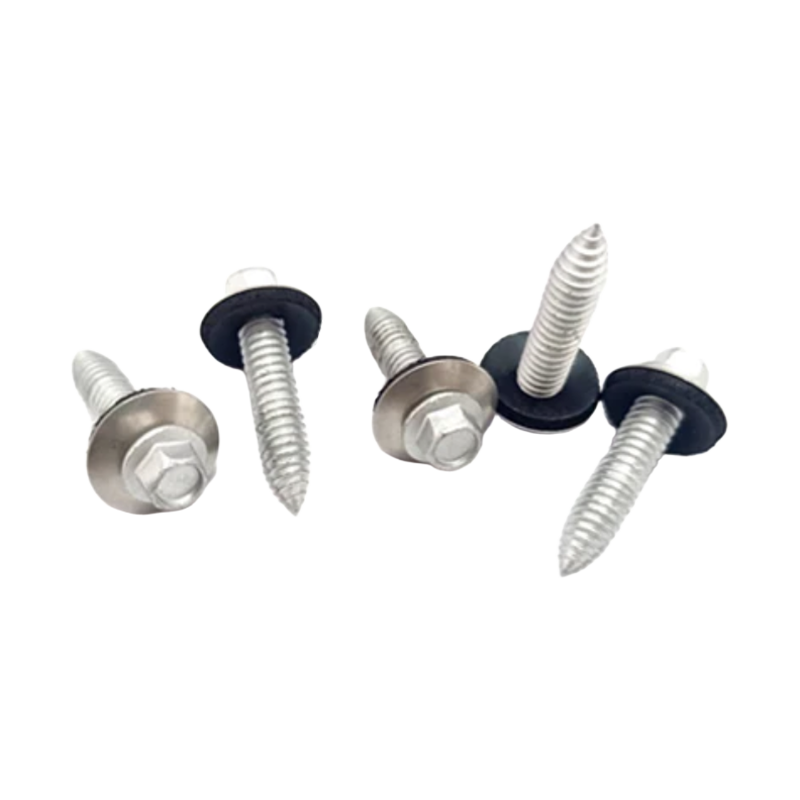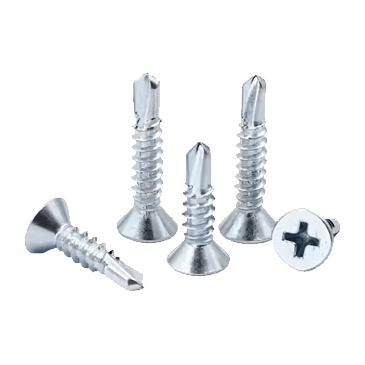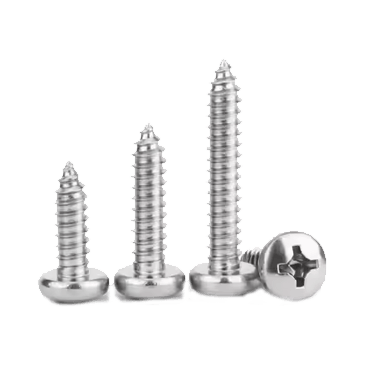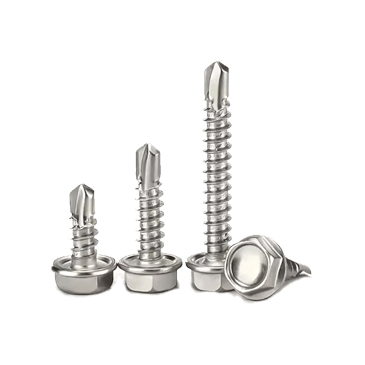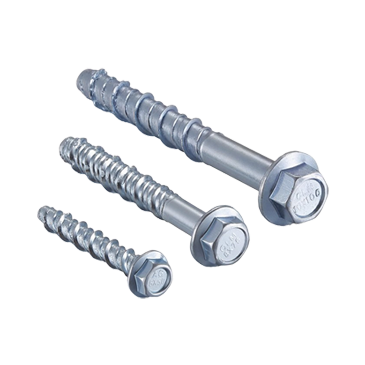How does Bimetallic Composite Screw achieve "rigidity and flexibility"?
In modern manufacturing, the performance requirements of parts are becoming increasingly stringent, especially for core components that work under high temperature, high pressure and extreme friction conditions. Their design and material selection often determine the stability and efficiency of the entire system. In recent years, the innovative design of Bimetallic Composite Screw has successfully broken through the bottleneck of traditional screw technology with its unique bimetallic structure, showing excellent performance far exceeding that of previous single-material components.
One of the core advantages of Bimetallic Composite Screw is its bimetallic structure, which is not a simple material splicing, but an efficient combination achieved through special metallurgical processes. The two different metal materials of the outer layer and the inner layer are firmly combined through precise processing and technical means. The two are closely integrated at the microstructural level, supporting each other and complementing each other. The uniqueness of this structural design is that it not only retains the advantages of each material, but also creates a higher performance integration at the junction of the two.
It is this bimetallic structure that makes Bimetallic Composite Screw perform well in extreme environments. Under high temperature, high pressure and high friction conditions, the defects of traditional single-material screws are obvious. The screws often cannot continue to operate effectively due to excessive wear of the outer layer or structural damage of the inner layer. The Bimetallic Composite Screw combines the outer layer of high hardness and wear-resistant metal materials with the inner layer of metal substrates with good toughness and impact resistance to ensure that it can maintain excellent performance under high load and long-term operation.
The high hardness of the outer layer material makes it have strong wear resistance and corrosion resistance, which can effectively cope with the harsh environment under high temperature conditions. The high-strength metal in the inner layer can effectively disperse stress and alleviate the impact of external impact on the overall structure through good flexibility and toughness when encountering external impact or pressure changes, avoiding deformation or fracture of traditional screws due to uneven force. Through the fusion of this dual advantage, the Bimetallic Composite Screw forms a perfect structure of "hardness and flexibility", which greatly improves its overall durability and reliability.
This design not only enhances the mechanical properties of the screw, but also effectively extends its service life. Compared with traditional single metal materials, Bimetallic Composite Screw shows stronger adaptability and stability when facing complex working conditions. The combination of this bimetallic composite structure is not a simple material superposition, but an organic integration of the characteristics of the two metal materials through advanced metallurgical technology, so that the screw can give full play to their respective advantages when facing extreme conditions, further improving its performance.
In terms of specific design concepts, the bimetallic structure of Bimetallic Composite Screw embodies the high wisdom of material engineering. Through precise control of material properties, it can achieve the organic unity of "rigidity" and "flexibility". The hard material of the outer layer provides strong protection with its wear-resistant and corrosion-resistant characteristics, while the inner layer ensures the stability and long service life of the screw with its excellent strength and toughness. This design concept makes Bimetallic Composite Screw a multifunctional and high-performance core component with high strength, high durability, wear resistance and the ability to adapt to a variety of extreme working environments.
Not only that, the bimetallic structure of Bimetallic Composite Screw also gives it stronger load-bearing capacity and fatigue resistance. This special structural design effectively avoids the performance degradation of a single metal material when operating under high load, improves the working stability of the screw, and its performance can still be maintained at the best state even when working under high pressure and high temperature for a long time. This is especially important for some equipment that needs to run for a long time and continuously, and can significantly reduce maintenance costs and production downtime.

 +86-15052135118
+86-15052135118 

 Español
Español
 Get In Touch
Get In Touch



